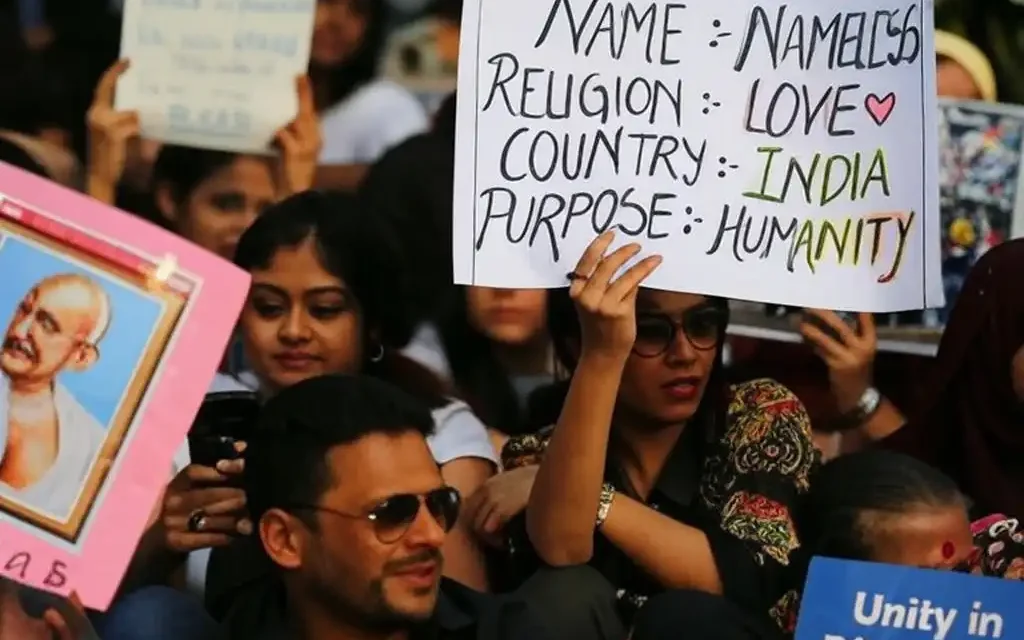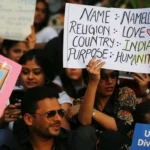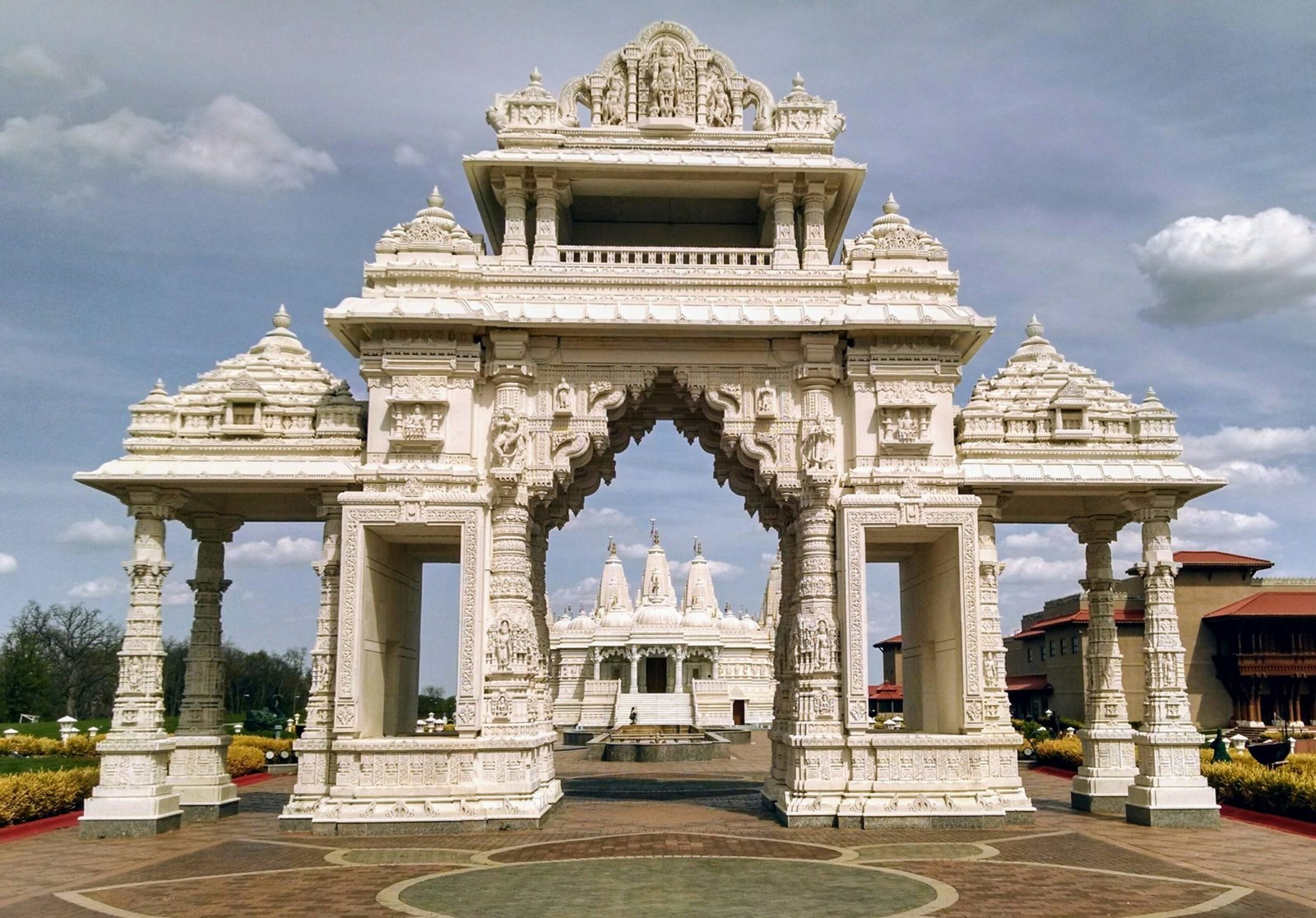India, the world’s largest democracy and a land of immense cultural diversity, has long struggled with communal tensions between its Hindu majority and Muslim minority. The persistence and recent intensification of Hindu-Muslim hate is a product of deep historical wounds, political manipulation, and modern-day social and economic forces. This article explores the complex origins, current manifestations, and potential solutions to communal discord in India, drawing on recent data and expert analysis.
Historical Roots: From Empire to Partition
The origins of Hindu-Muslim tensions in India are centuries old, rooted in the legacy of Muslim rule over large parts of the subcontinent and the traumatic events of the Partition of British India in 1947. The Mughal Empire and earlier sultanates left a complex legacy—while some periods were marked by relative harmony, others saw forced conversions and perceived injustices, memories of which still fuel resentment and fear among some Hindus.
Key Factors Behind Hindu-Muslim Hate in India
| Factor | Description | Impact on Relations |
|---|---|---|
| Historical Legacy & Partition | Centuries of Muslim rule and the violent 1947 Partition left deep scars and mistrust. | Deep-seated mistrust, periodic violence |
| British Colonial Policies | “Divide and rule” strategies institutionalized communal identities. | Entrenched communal divisions |
| Rise of Hindu Nationalism | Political ideology promoting Hindu dominance, especially since 2014. | Marginalization, increased violence |
| Political Exploitation | Use of religious identity to mobilize voters and scapegoat minorities. | Normalization of hate speech |
| Social & Economic Marginalization | Discrimination in jobs, housing, and services; underrepresentation. | Economic exclusion, social apartheid |
| Misinformation & Social Media | Spread of hate speech and divisive narratives online. | Amplified communal hatred |
| Global & Regional Influences | Global Islamophobia, India-Pakistan conflict, Kashmir issue. | Reinforced distrust |
| Media & Cultural Narratives | Stereotypes and divisive storytelling in films and news. | Entrenched biases |
Partition in 1947, which created India and Pakistan, led to one of the largest and most violent mass migrations in history. Millions were displaced, and communal violence claimed hundreds of thousands of lives. The scars of Partition continue to shape Hindu-Muslim relations, fostering deep-seated mistrust and periodic outbreaks of violence.
“The animosity between India’s Hindus and Muslims can be traced back to the British colonial era and the subsequent Partition of British India in 1947… Hate speech and misinformation spread online have also encouraged violence against Muslims.”
British Colonialism and the Seeds of Division
British colonial rulers exacerbated religious divisions through a deliberate “divide and rule” strategy. After the 1857 rebellion, in which Hindus and Muslims united against the British, colonial authorities began to institutionalize communal identities to weaken potential opposition. Separate electorates and census categories based on religion entrenched communal consciousness, setting the stage for future conflicts.
“After the suppression of the Indian Rebellion of 1857, which saw Hindus and Muslims cooperate in revolt against the East India Company, the partition of India into Muslim-majority Pakistan and an Indian state with a Muslim minority further entrenched divisions.”
The Rise of Hindu Nationalism
The last few decades have seen a dramatic rise in Hindu nationalism, particularly under the Bharatiya Janata Party (BJP) and affiliated groups like the Rashtriya Swayamsevak Sangh (RSS). These organizations promote the idea of India as a fundamentally Hindu nation, often marginalizing Muslims and other minorities.
Since the BJP’s ascension to power in 2014, there has been a marked increase in anti-Muslim rhetoric, hate speech, and policies that disproportionately affect Muslims. Reports show a sharp rise in hate crimes and communal violence targeting Muslims, with state institutions often complicit or inactive.
Key features of this trend include:
- Systematic discrimination and exclusion of Muslims from economic and social life.
- State-backed violence and “bulldozer justice” targeting Muslim homes and businesses.
- Laws restricting religious freedoms, such as anti-conversion statutes and hijab bans.
- Demolition of mosques and shrines under the guise of development.
“Under Prime Minister Narendra Modi’s Bharatiya Janata Party (BJP) leadership, Hindutva, the political ideology advocating for Hindu dominance, has gained unprecedented momentum. This shift has disproportionately affected India’s Muslim population, leading to systematic discrimination, state-backed violence, and social exclusion.”
Political Exploitation of Communal Identities
Political parties across the spectrum have exploited religious identities to mobilize voters. Scapegoating minorities, stoking fears of demographic or cultural threats, and normalizing hate speech are common tactics during election cycles.
Recent elections have seen record spikes in hate speech and communal violence, with politicians using anti-Muslim rhetoric to consolidate Hindu votes. Data shows that most incidents of hate speech and communal riots occur in BJP-ruled states, where authorities often fail to take action against perpetrators.
“During India’s bitterly contested national vote last year, critics and rights groups accused Prime Minister Narendra Modi and his BJP of ramping up rhetoric against Muslims to unprecedented levels during his campaign in a bid to mobilise the Hindu majority.”
Social and Economic Marginalization
Muslims, who make up about 14% of India’s population, face persistent social and economic discrimination. This includes barriers in housing, employment, education, and access to services. Economic boycotts, exclusion from housing in Hindu-majority areas, and targeted violence have created apartheid-like conditions in some states.
Muslim representation in government and law enforcement remains low, further exacerbating feelings of alienation and injustice. Studies show that half of Indian police officers surveyed admitted to anti-Muslim bias, making them less likely to intervene in crimes against Muslims.
“Muslims have experienced discrimination in areas including employment, education, and housing. Many encounter barriers to achieving political power and wealth, and lack access to health care and basic services. Moreover, they often struggle to secure justice after suffering discrimination, despite constitutional protections.”
Misinformation, Social Media, and Digital Hate
The digital age has amplified communal hatred through the rapid spread of misinformation and hate speech online. Social media platforms are used to circulate divisive narratives, organize hate campaigns, and incite violence.
Hindutva-aligned digital infrastructures create and magnify perceptions of threat among Hindus, manipulating anxieties for political gain. Calls for violence and even genocide against Muslims have been documented in online forums and public events, with offline violence often following digital campaigns.
“Hindutva discourses on digital platforms are designed to seed, circulate, and exponentially magnify hate, creating perceptions of anxiety among majority Hindus and politically manipulating this anxiety during elections. Hate targeting Indian Muslims, continually marked as the ‘other,’ is seeded, circulated, and reproduced through digital platforms.”
Global and Regional Influences
Global events, such as the rise of Islamophobia post-9/11, and regional conflicts, particularly with Pakistan, have reinforced anti-Muslim sentiment in India. The ongoing conflict over Kashmir and periodic border tensions with Pakistan are often used to question the loyalty of Indian Muslims, further deepening communal divides.
Role of Media and Cultural Narratives
Popular media, including films, television, and news outlets, sometimes perpetuate stereotypes and divisive narratives. Sensationalist reporting and communalized storytelling can inflame public opinion and legitimize prejudices.
Recent Trends in Hate Speech and Communal Violence (2023-2024)
| Metric | 2023 | 2024 | % Change | Notable Details |
|---|---|---|---|---|
| Hate Speech Incidents | 668 | 1,165 | +74.4% | 98% targeted Muslims |
| Communal Riots | (Baseline) | +84% | +84% | Majority in BJP-ruled states |
| Police Bias Against Muslims | (Surveyed) | 50% admit bias | — | Lower intervention in crimes against Muslims |
| Muslim Population (India) | ~14% | ~14% | — | Underrepresented in government and law enforcement |
Common Stereotypes and Realities
| Stereotype | Reality |
|---|---|
| Muslims are disloyal to India | Indian Muslims have a long history of patriotism and service |
| Hindus and Muslims cannot coexist | India has centuries of shared culture and peaceful coexistence |
| All Hindus support nationalism | Many Hindus oppose hate and support secular, inclusive values |
| Muslims are economically privileged | Data shows Muslims are among the most marginalized communities |
However, not all religious leaders or media voices support communal hatred. Many Hindu religious leaders and civil society activists continue to advocate for pluralism, secularism, and interfaith harmony, emphasizing that religious diversity is central to Indian identity.
“One temple priest in Varanasi told us that his idea of dharma is inseparable from humanity (manavta), which he said was the opposite of Hindu nationalism.”
Recent Trends: Hate Speech and Communal Violence
India has witnessed a dramatic surge in hate speech and communal violence in recent years:
- Hate speech incidents targeting Muslims and Christians rose by 74% in 2024 compared to the previous year, with 98% targeting Muslims.
- Communal riots increased by 84% in 2024, with the majority occurring in BJP-ruled states.
- Mob violence, lynchings, and targeted attacks against Muslims have become more frequent, often with little intervention from law enforcement.
“The number of hate speech incidents targeting religious minorities surged from 668 in 2023 to 1,165 in 2024, marking a staggering 74.4 percent increase.”
The Human Impact: Muslims in Modern India
For many Indian Muslims, daily life is marked by fear, exclusion, and anxiety about the future. Reports document a sharp rise in hate crimes, economic boycotts, and social ostracism since 2014. The demolition of homes and places of worship, restrictions on religious practices, and the lack of justice for victims of violence contribute to a pervasive sense of insecurity.
Despite constitutional protections and India’s secular ideals, the reality for many Muslims is one of marginalization and vulnerability. Yet, there are also stories of resilience, activism, and solidarity across communities, with many Hindus and Muslims working together to defend secularism and promote harmony.
Pathways Forward: Solutions and Hope
Addressing Hindu-Muslim hate in India requires a multi-pronged approach:
- Legal and Institutional Reform: Enact and enforce laws against hate speech and communal violence. Ensure fair representation of minorities in law enforcement and government.
- Education: Promote value-oriented education focused on peace, secularism, and rational thinking, starting from schools and universities.
- Media Responsibility: Encourage responsible reporting and ban communal propaganda in media. Highlight stories of interfaith cooperation and pluralism.
- Civil Society and NGO Action: Support projects that build communal awareness, foster dialogue, and provide support to victims of violence and discrimination.
- Economic Inclusion: Launch and implement welfare schemes to address discrimination in jobs, housing, and daily life. Combat economic boycotts and exclusion.
- Digital Regulation: Monitor and counter online hate speech and misinformation while protecting freedom of expression.
- Political Accountability: Hold politicians and parties accountable for hate speech and divisive tactics. Encourage secular and inclusive politics.
“There is a need for minority welfare schemes to be launched and implemented efficiently by administration to address the challenges and various forms of discrimination faced by them in jobs, housing and daily life.”
Solutions to Reduce Hindu-Muslim Hate
| Solution Area | Key Actions |
|---|---|
| Legal Reform | Enforce anti-hate speech laws, ensure justice for victims |
| Education | Promote secular, value-based curriculum; interfaith programs |
| Media Responsibility | Ban communal propaganda; highlight interfaith harmony |
| Economic Inclusion | Implement minority welfare schemes; address job and housing discrimination |
| Digital Regulation | Monitor hate speech online; counter misinformation |
| Political Accountability | Penalize hate speech by politicians; promote inclusive policies |
| Civil Society Action | Support NGOs, community dialogue, and victim support |
Hindu-Muslim hate in India is a multifaceted problem rooted in history, politics, and society. Addressing it requires honest dialogue, inclusive policies, and a commitment to India’s foundational values of pluralism and secularism.
Frequently Asked Questions
Q1. What are the main causes of Hindu-Muslim hate in India?
The primary causes include historical conflicts, the traumatic legacy of Partition, British colonial “divide and rule” policies, the rise of Hindu nationalism, political exploitation, social and economic marginalization, misinformation and hate speech on social media, global Islamophobia, and divisive narratives in media.
Q2. How did British colonial rule contribute to Hindu-Muslim tensions?
British authorities institutionalized religious identities and used “divide and rule” strategies to weaken Indian unity, laying the groundwork for future communal conflicts.
Q3. What role does Hindu nationalism play in current tensions?
Hindu nationalist groups and political parties, especially the BJP and RSS, promote the idea of India as a Hindu nation. This has led to increased anti-Muslim rhetoric, policies, and violence, particularly since 2014.
Q4. How are Muslims economically and socially marginalized in India?
Muslims often face discrimination in jobs, housing, and education. They are underrepresented in government and law enforcement and are subject to economic boycotts and social exclusion in many regions.
Q5. How has social media impacted Hindu-Muslim relations?
Social media platforms have amplified hate speech and misinformation, making it easier to spread divisive narratives and organize hate campaigns, often resulting in real-world violence.
Q6. What are some recent trends in hate speech and communal violence?
There has been a sharp increase in hate speech incidents and communal riots, especially in BJP-ruled states. Most recent hate speech targets Muslims, and law enforcement often fails to intervene effectively.
Q7. What solutions can help reduce Hindu-Muslim hate in India?
Solutions include legal reforms, educational initiatives, responsible media coverage, economic inclusion, digital regulation, and political accountability. Promoting interfaith dialogue and secular values is also crucial.
Q8. How can individuals contribute to communal harmony?
By rejecting hate speech, supporting inclusive policies, participating in interfaith initiatives, and promoting factual information, individuals can help build bridges between communities.













